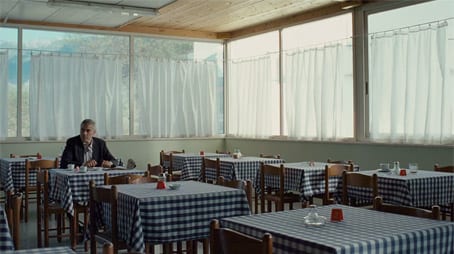
Anton Corbijn’s 2010 film The American, set in Abruzzo and starring George Clooney, was slow to get released in the UK for some reason, so apologies if this review seems somewhat dated now. We had been hoping to view & review the film since first hearing of it being filmed, back in October 2009, as we knew it was mostly being set in Abruzzo, and the combination of Italy’s rocky heart as shot by renowned photographer (and, post Control, movie director) Corbijn with the normally canny & always gorgeous George Clooney seemed to provide ample scope for something at least visually wonderful…what could possibly go wrong…?
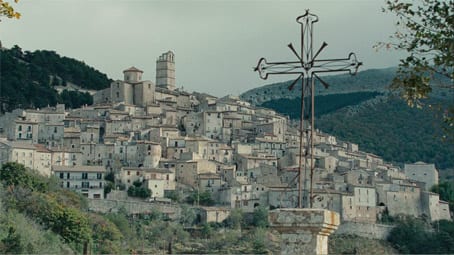
It was with some trepidation therefore that we did finally settle down to watch The American. The story is relatively simple; an assassin & expert gunsmith (Clooney) is forced out of hiding in Sweden and is provided refuge and a new consignment in the Abruzzo region of Italy. Distrustful of the first village he is sent to to lie low, he instead chooses to make the real town of Castel del Monte his base. Immediately upon arrival he meets the local priest, allowing for reflection on his amoral past and the nature of relative sin, and soon afterwards a local prostitute to provide a path for redemption and mutual salvation. Thrown into this classic mix is a Rome-based boss whose role like his allegiances & background are at best vague, and a female assassin for whom Clooney’s character has to craft a weapon of unusual attributes, which he does creatively and with an artisan’s focus and precision.

Firstly, the scenery is wonderful. It is probable that many would feel that Italy could provide somewhat effortless beauty as backdrop, but Corbijn and his team do express a genuine awareness and empathy for the Abruzzo region throughout the film. Big-sky shots, aerial and long-range views of towns & cities such as Castel del Monte & Sulmona during the day & night, as well as excellent use of the quality of light that you can see on the Campo Imperatore, all definitely imbue the film with a subtle-hued lustre that enhance the ambiance & pace.
Internal location shots ranging from the main character’s (Jack or Edward depending on who he is speaking to) rooms in Castel del Monte to a near-deserted roadside cafe are all suffused in the light that is familiar to anyone who has been to this area of Abruzzo in the autumn or spring. Twisting, medieval, cobbled lanes with semi-lit overhangs, alcoves and shadowed porticos of the sort one finds in Santo Stefano di Sessanio all provide claustrophobic, echoing locations for the few tense scenes of encroaching violence. The red light during the sex-scenes with the prostitute Clara, played by Violante Placide, is perhaps a little over-stated but does enhance the scene’s sexuality well, especially when offset against a picnic scene later, where her nakedness in a more arcadian context expresses innocence & honesty, despite Jack/Edward’s suspicions to the contrary.
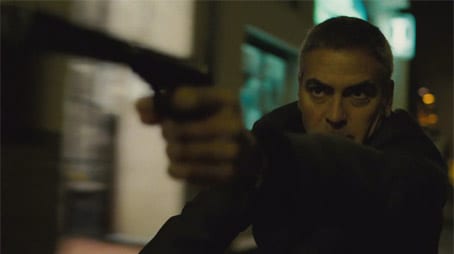
The American is not fast-paced (despite the possibly misleading dynamicism of the film’s poster); the opening in snow-fields of Sweden sets a violent tone, George Clooney acts almost upon reflex in a brutal manner that establishes his character as someone whose past and chosen profession have made him ruthlessly self-preservational, and George Clooney does well expressing this instinct blended with the increasing sense of guilt, regret and awareness of the character’s own mortality that is beginning to develop in him. But other than a few moments of tension and mildly explosive action, it is a languid and contemplative affair. The film, and the Jack/Edward character in particular, is short on dialogue, a minimalism similar maybe to the Clint Eastwood roles in Sergio Leone’s spaghetti westerns (which do even make a cameo role of their own at one point!). Sometimes this does make him seem more George Gloomy than Clooney, even when faced with numerous plates of cakes, and particularly when invited to dinner with the priest, when you can’t help feeling that even with his sense of pastoral responsibility Father Benedetto must be regretting inviting this taciturn and sullen grump over…
There is a tension between Clooney’s character and the female assassin played by Thekla Reuten, borne from the mutual awareness of the world they inhabit professionally and its occupational hazards, especially with Jack/Edward’s realisation that he wants “out”. A lot of the film is predictable, almost reassuringly so, and elements are unsurprisingly hard to believe, such as the Father’s rather casual acknowledgment and acceptance of what Jack/Edward’s real profession might involve, and the consequences of it that have already presumably shocked a quiet town like Castel del Monte to its very core, but these are we think easily forgiven.
We also watched Up in the Air recently, which was to us a more familiar role for Clooney perhaps, wise-cracking, confident but closed-off; The American uses silence and close up to reveal more of the character, the pace might put many off, and it is one of those films you do have to be in the right frame of mind for. But it was great to see Abruzzo shown off, as many people are still unfamiliar with the region and the sometimes bleak but nearly always stunning beauty it has to offer.
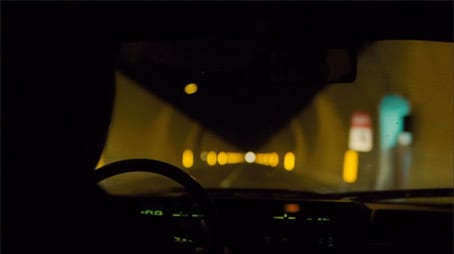
The film we know has divided critics and film-goers alike, some feeling it facile and pretentious, others that it is unsure whether it wants to be arthouse or mainstream whilst failing at both, and others again that it was just plain boring; in many ways despite being based on a novel, A Very Private Gentleman, by Martin Booth, it felt more like a novella or short-story, not overwhelming you with multiple characters and/or their development, keeping everything tightly focussed and simple, not needing to provide background or explanations as to who was behind what, allowing the minimal interaction between the few characters to provide explanation to some extent, and the allow the viewer to work out the rest…bit weird that I don’t think anyone ever ate any pasta in the film! But despite that we would definitely watch again.
addendum: it is also strange that despite our being in Abruzzo when the film was both released in cinemas (late September 2010) and on DVD & Blue-Ray (early 2011) there has been no visible publicity for it, despite the prominence of Abruzzo in the film…even our local, admittedly still amateur, film-critic had never even heard of it!
Please also see Anton Corbijn’s much-appreciated contribution to the No Oil Abruzzo! campaign here.






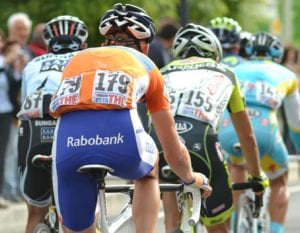


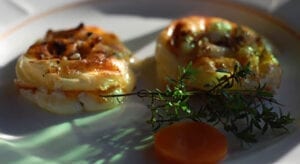
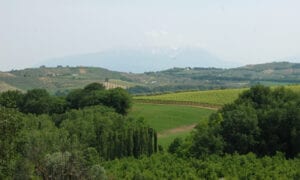
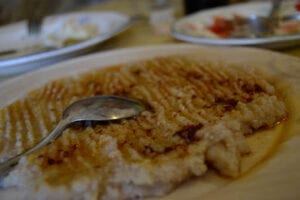

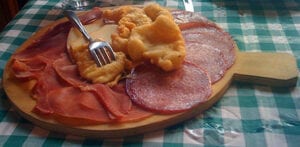
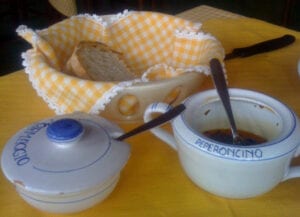
Thank you for the response, and I am delighted if we made assisted in making the film know to you!
maybe cliches are so often employed in film as they coddle the viewer in a sense of the familiar… Which unconventionally attractive European actor would better suit the role do you think? Clooney did at least manage the 'laid' bit in this film, though fell down on the 'jolly' front I agree…
Uh yeah, this movie sucked. Gorgeously filmed but cliches everywhere in the story. The story never fully captured my attention as a result.